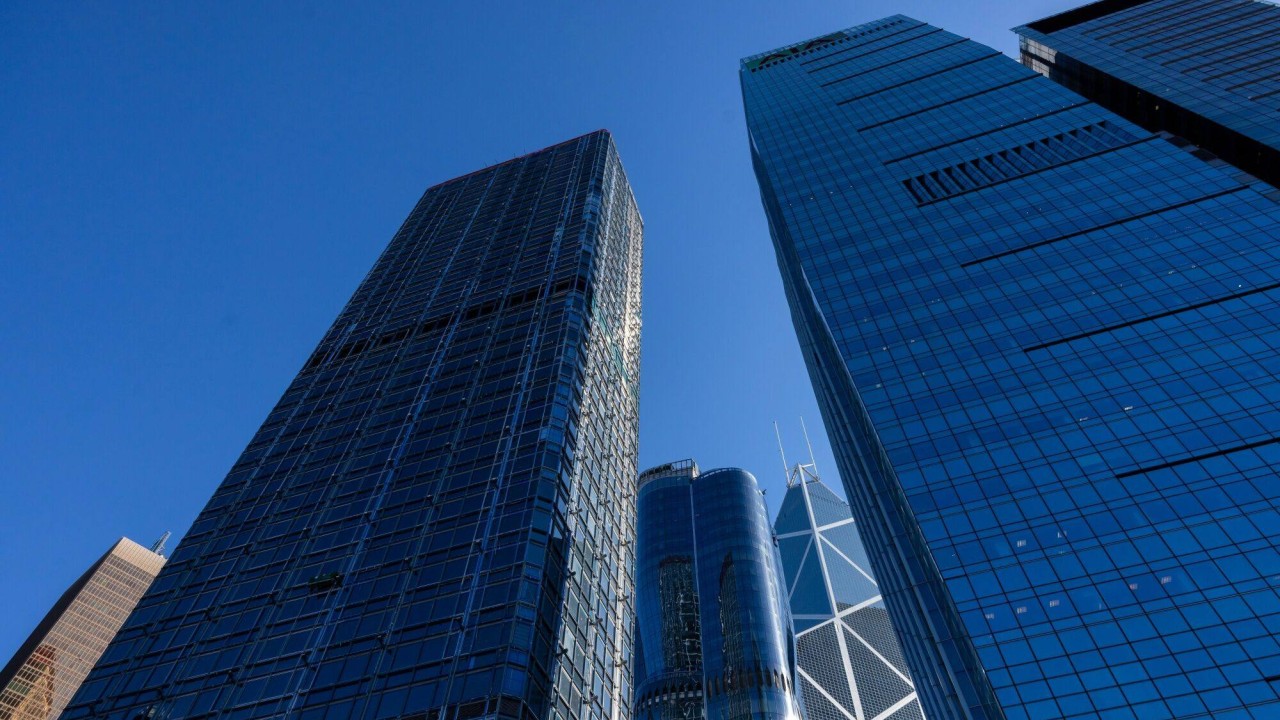
Japan saw 50 deals worth about US$4.4 billion, while South Korea saw 31 office properties change hands for US$2.75 billion. In mainland China, investment came to US$1.8 billion via 23 deals, while Taiwan recorded US$800 million of transactions followed by Australia’s US$497 million, according to the data compiled by Colliers.
Vacancy estimates vary considerably among property agencies but all point to an office real estate segment that is doing poorly.
For example, Colliers said the vacancy rate in Hong Kong’s prime office space hit a record of 15.1 per cent towards the end of August last year. Knight Frank, meanwhile, said it peaked at 12.2 per cent in March this year.
JLL said that since late 2022 the office market has experienced one of its longest streaks of double-digit vacancy rates, as tenants give up space and new buildings bolster supply.
“If we compare to the peak in 2018, we are now seeing a 40 per cent to 60 per cent drop in capital value in grade A offices, and that is quite a significant drop,” Chak said.
“In fact, we just witnessed a transaction of an office unit in a famous building in Central, which has sold at just 60 per cent of its value from its peak in 2018. And I think there will be more pressure coming.”
CBRE estimated in 2022 that additional office space of 8.2 million square feet would come on stream by this year as new buildings such as Two Taikoo Place, The Henderson and the Cheung Kong Center II came to completion.
“There are lots of other opportunities in Hong Kong, especially in retail, in the accommodation sector such as student accommodation and hotels,” he said. “We are seeing more capital coming in, especially from Singapore, from Malaysia and from [mainland] China looking for these types of opportunities.”

